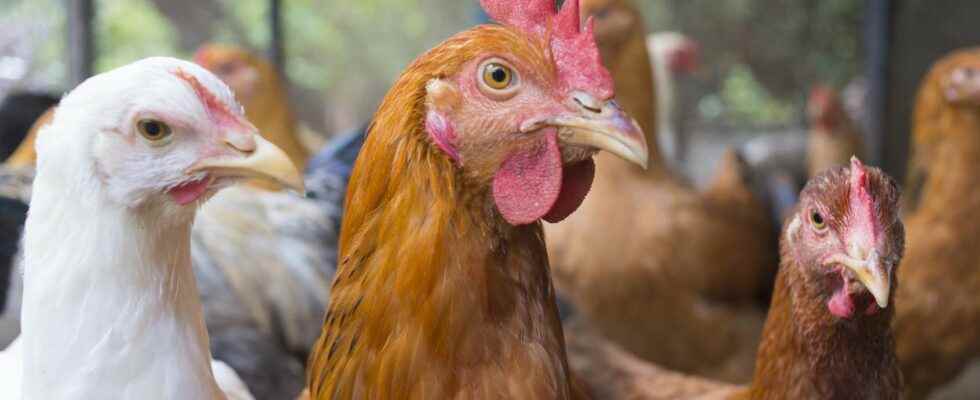An epizootic is a epidemic who touches animals of the same or different species in a given region. Just like an epidemic, an epizootic is characterized by a large number of cases in a relatively short time. In breeding, epizootics can cause significant losses due to the death of animals or a lower yield (decline in laying, lactation or growth).
Most epizootics are not zoonoses : the disease is not transmitted to humans. But sometimes the infection can pass from animals to humans.
The best-known epizootics
Among the most well-known epizootics, let us quote for example:
- the epizootic of Avian Flu which affects birds of various species. The Avian Flu is a viral disease linked to a influenza virus type A, in particular of the H5, H7 and H9 subtypes. For example, the virus H5N1 appeared in 1997 made a comeback in 2003 and caused an epizootic of bird flu. Rare cases of virus transmission H5N1 to Man have been identified;
- the foot-and-mouth disease, a highly contagious viral disease of livestock (cattle, sheep, goats, etc.). The disease is rarely fatal in adult animals, but it leads to production losses;
- the crisis of Mad Cow (bovine spongiform encephalopathy or BSE), which began in the UK around 1986. This disease is linked to a molecule abnormality that accumulates in the brain : the prions. Suspicions of transmission to humans have arisen due to suspected cases of Creutzfeldt-Jakob diseases appeared in young people.
You will also be interested
[EN VIDÉO] Interview 1/5: how is a pandemic defined? With the considerable development of air transport, one would think that the risk of planetary contamination by a disease is high. We met Jean-François Saluzzo, virologist with the WHO, who explains the phenomenon of the pandemic to us.
Interested in what you just read?
